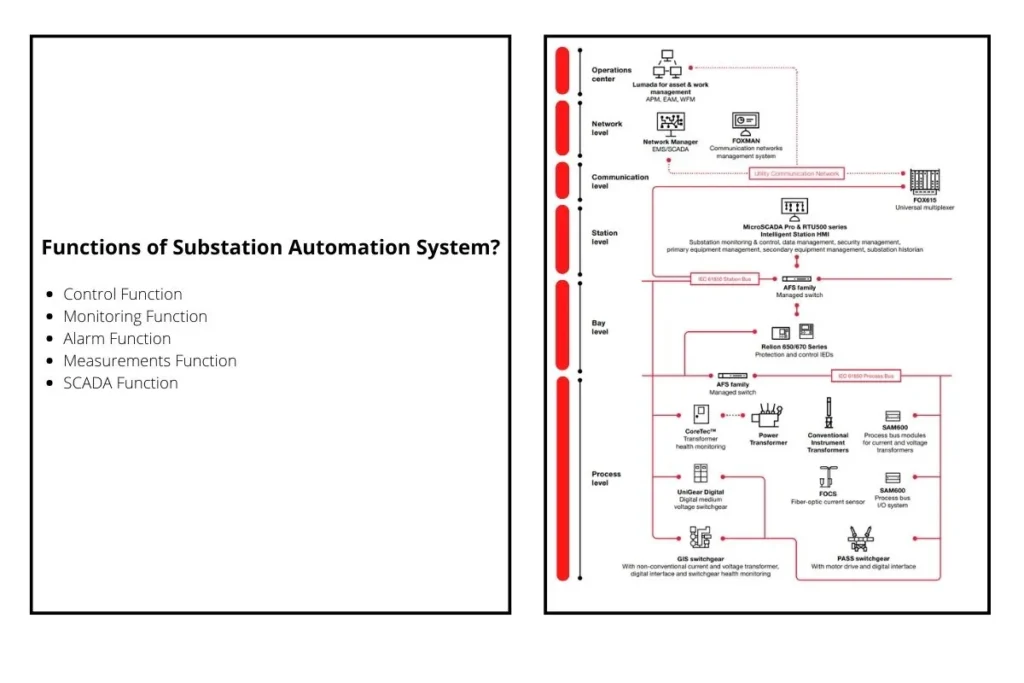
5 Functions of Substation Automation Systems: During the operation of the Power distribution system, it will help to improve the performance of energy efficiency. The Control Center (SCADA) by using a specific protocol communication like IEC-60780-5-104/101 will get all of the overview statuses of every Local Substation within the manageable region.
Physically, all electrical substations consist of a group of high-voltage equipment with individual sizes depending on the operating voltage of the substation, this is what is called the main equipment, as well as many smaller low-voltage components which are collectively called the secondary system.
The group of high-voltage equipment consists of changing state equipment or switchgear used to maintain or stop energy flux from/to transmission lines or load feeders connected to substations, instrument transformers (voltage transformers and current transformers) which reflect the voltage and current present at the terminals. high voltage primary equipment, and also in most cases, power transformers to change the voltage level according to the purpose of the substation,.
Read Also: Smart Grid Power Distribution & SICAM PAS Application Performance
The secondary system consists of a collection of less visible artifacts, which includes the components and facilities required by the power system operator to make changes to the power system. configuration of opening or closing switchgear relays to protect power system segments from short circuits, overloads, and other hazardous conditions, internal power sources to serve all substation electrical needs, and other components used to support substation performance safely and reliably.
The substation automation system is based on a lot of special software stored in hardware parts that are included in a set of substation secondary components.
Read Also: ABB Substation Automation
Here are the main functions of the Substation Automation System:
- Control Function
- Monitoring Function
- Alarm Function
- Measurements Function
- SCADA Function
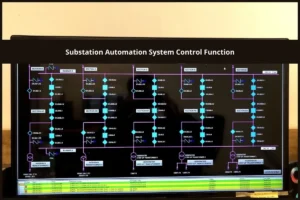
1. Control Function
Control Function Substation: Here is the sample of the Control Function from the Local Human Machine Interface. During operation hours, the operator can control the High Voltage Apparatus from the Local Human Machine Interface.
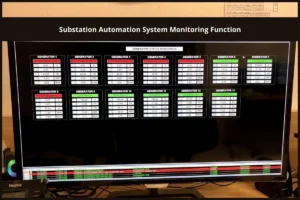
2. Monitoring Function
Monitoring Function within Substation
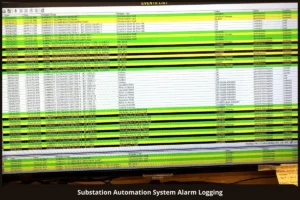
3. Alarm Logging Function
Alarm Logging Function: This feature will help to trace the alarm/event within the Substation.
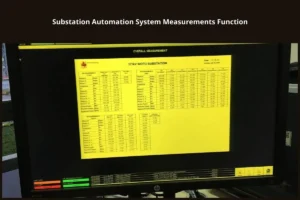
4. Measurements Function
Measurements Function within the substation Automation System will help the operator view overall measurements.
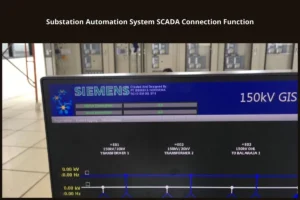
5. SCADA Connection
SCADA Connection function will help the control center to monitor local substations, whether it using Serial or TCP/IP Connection.

You must be logged in to post a comment.